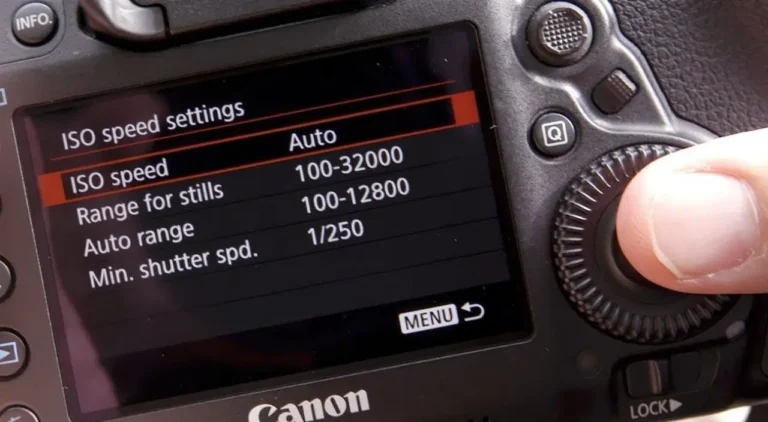You’ve probably experienced the frustration of capturing photos with off-colored tints. Understanding the concept of white balance and different color temperatures is like unlocking a secret weapon in photography. It’s not just about correcting colors; it’s about setting the mood and enhancing the story your image tells. In this post, we’ll dive into the significance of white balance, its historical evolution from film to digital photography, and practical tips on mastering it for stunning visuals.
Key Takeaways
- Understanding white balance is crucial for achieving accurate colors in photography.
- Adjust white balance settings based on the lighting conditions and tint to capture true-to-life colors.
- Experiment with custom white balance techniques to fine-tune color accuracy in different environments.
- Use white balance creatively to evoke specific moods or enhance visual storytelling in photography.
- Consider the pros and cons of using auto versus manual white balance to maintain color consistency.
- Implement advanced tips and techniques, such as using grey cards, to overcome white balance challenges and achieve optimal results.
Understanding White Balance
It’s crucial to understand its significance in capturing accurate and natural-looking colors. White balance ensures that the whites in your photos appear as true white without any unwanted color casts.
Defining White Balance
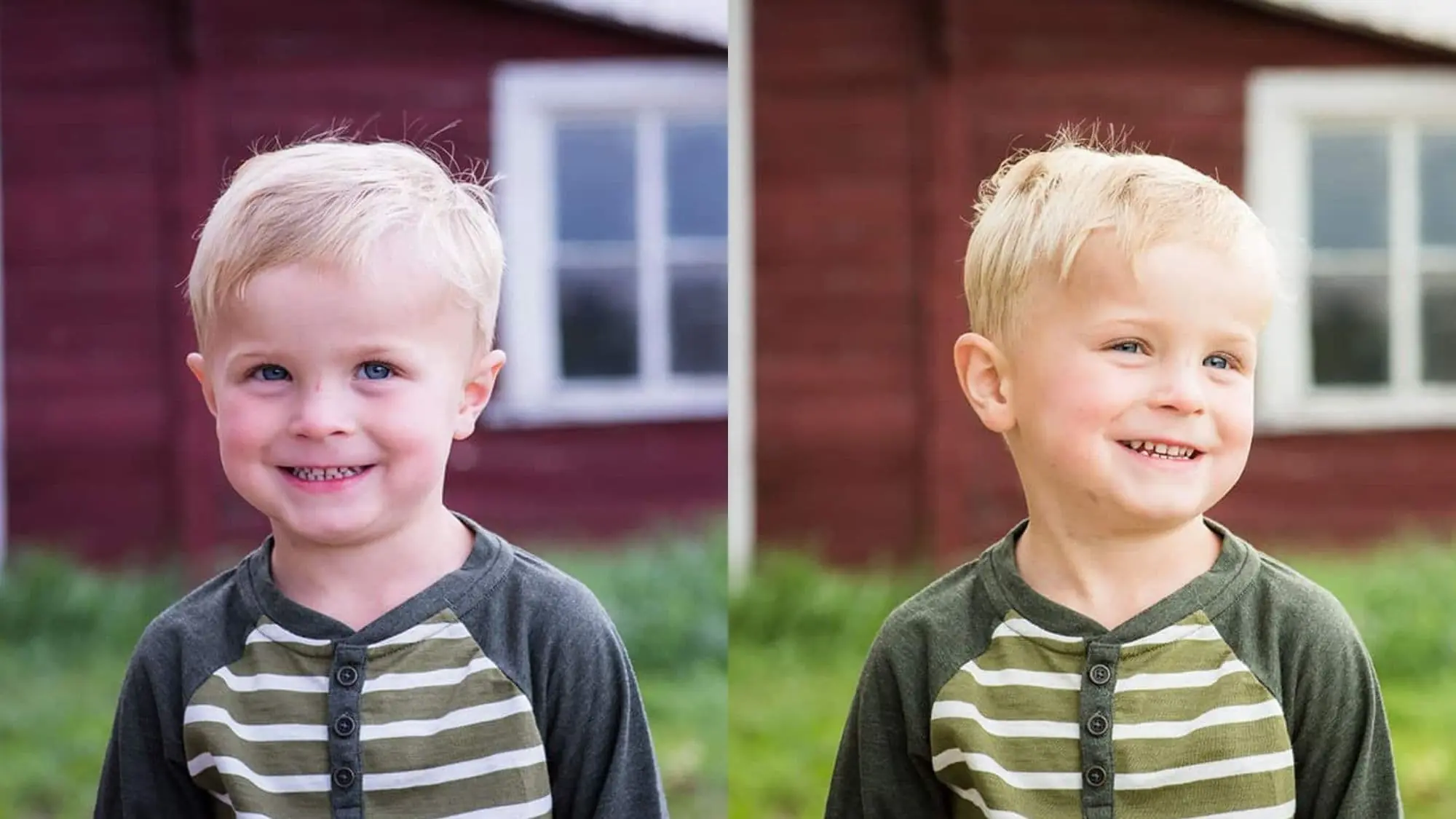
White balance adjustments are essential for correcting the color cast caused by different lighting conditions. For instance, when you take a photo indoors under warm, incandescent light, the image might appear too yellow due to different color temperatures and color casts. Adjusting the white balance helps neutralize this effect and produce a more natural-looking image.
Understanding white balance settings and temperature allows you to capture images with accurate colors across various lighting scenarios, such as daylight, shade, or artificial indoor lighting. This ensures that your photos reflect the true colors of the scene or subject being photographed.
Importance in Photography
The importance of proper white balance extends beyond color accuracy; it significantly impacts your photos’ overall mood and look. Imagine taking a portrait photo with incorrect white balance. Instead of capturing warm and pleasing skin tones, you might have an unnatural and unflattering look for your subject.
Adjusting White Balance
In Your Camera
When you adjust the white balance manually, you have complete control over the color temperature and tint. This allows for precise customization, especially in controlled environments where consistency is crucial. For instance, if you’re shooting indoors with artificial lighting, manual settings help ensure that your photos accurately represent the true colors of the scene.
On the other hand, using auto mode for white balance can be convenient when you need to capture quick shots in changing light conditions. However, it may only sometimes produce accurate color representation since it relies on your camera’s automatic adjustments. Despite this drawback, auto mode can be helpful when time is limited or lighting changes frequently during a shoot.
Post-Processing
When editing RAW files in software like Lightroom, you can make non-destructive white balance adjustments after capturing an image. RAW files retain more image data than JPEGs or other file formats, allowing greater flexibility in fine-tuning colors during post-processing. This means that even if your initial white balance setting wasn’t perfect while taking the photo, you can still achieve optimal color accuracy during editing.
Calibrating your monitor ensures accurate color representation and helps maintain consistency between what you see on screen and how your printed images appear across different devices. Display calibration is essential to guarantee that all your edited images look as intended, regardless of where they are viewed.
Custom White Balance Techniques
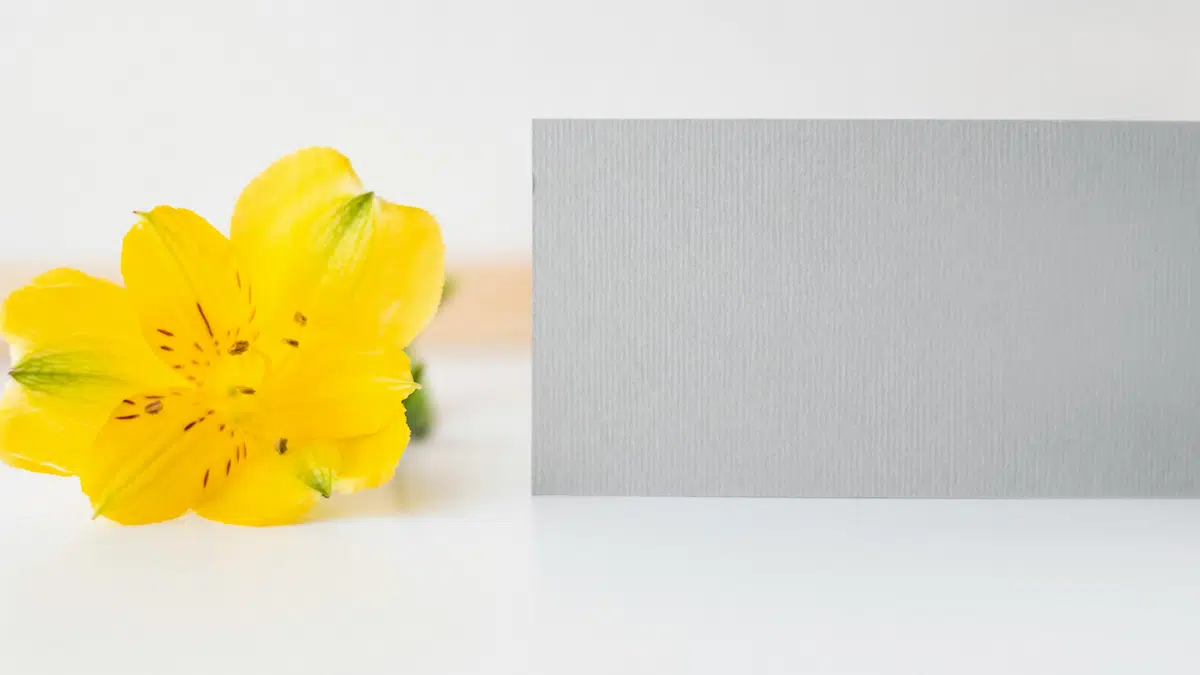
Achieving accurate colors is crucial for producing high-quality images. A neutral reference like a grey card or expo disc can help you set the correct white balance. These tools provide a standard for capturing true-to-life colors in images, ensuring that your photos accurately represent the scene’s color temperature.
Adjusting the tint in your photos helps correct any unwanted color casts, mainly green or magenta hues. This step is essential for achieving natural-looking skin tones and ensuring that your photographs accurately reflect the true colors of the subject or scene.
Consistency in white balance settings across different cameras is vital to maintain uniformity when using multiple devices. Since various cameras may interpret white balance differently, consistent settings ensure cohesive color representation across all your photographic equipment.
Creative Applications
Custom color settings are crucial in achieving the perfect look for your photos. Creating custom presets allows you to tailor the white balance adjustments to suit specific shooting conditions or artistic preferences. For example, if you frequently shoot in a particular indoor location with consistent lighting, creating a custom preset for that environment can save you time and ensure consistent color accuracy across all your images.
Mixed lighting situations often pose challenges for photographers as different light sources can create color imbalances in photos. Understanding how various light sources interact and affect the colors in your images is essential. For instance, when capturing a scene lit by natural daylight and artificial indoor lights, adjusting the white balance helps harmonize the colors to produce more natural-looking results.
Auto vs. Manual White Balance
When to Use Auto
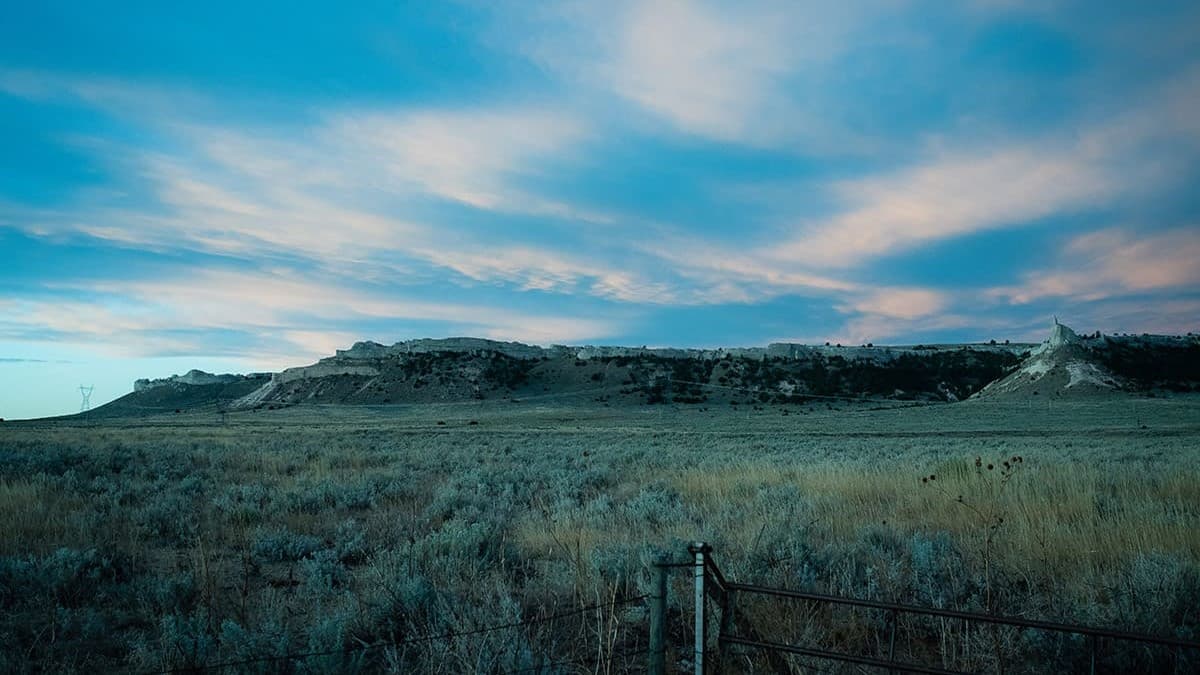
In fast-paced shooting scenarios, auto mode can be a lifesaver. It lets you quickly capture moments without worrying about manually adjusting the white balance. However, it’s important to note that while auto mode is convenient, it may only sometimes deliver the most accurate color representation. For example, the auto white balance might struggle to produce true colors in challenging lighting conditions such as mixed indoor and outdoor light or fluorescent lighting.
Furthermore, auto mode becomes especially handy when adjusting manually isn’t feasible. For instance, when capturing events or candid shots where time is of the essence, stopping to adjust settings could mean missing crucial moments.
Benefits of Manual
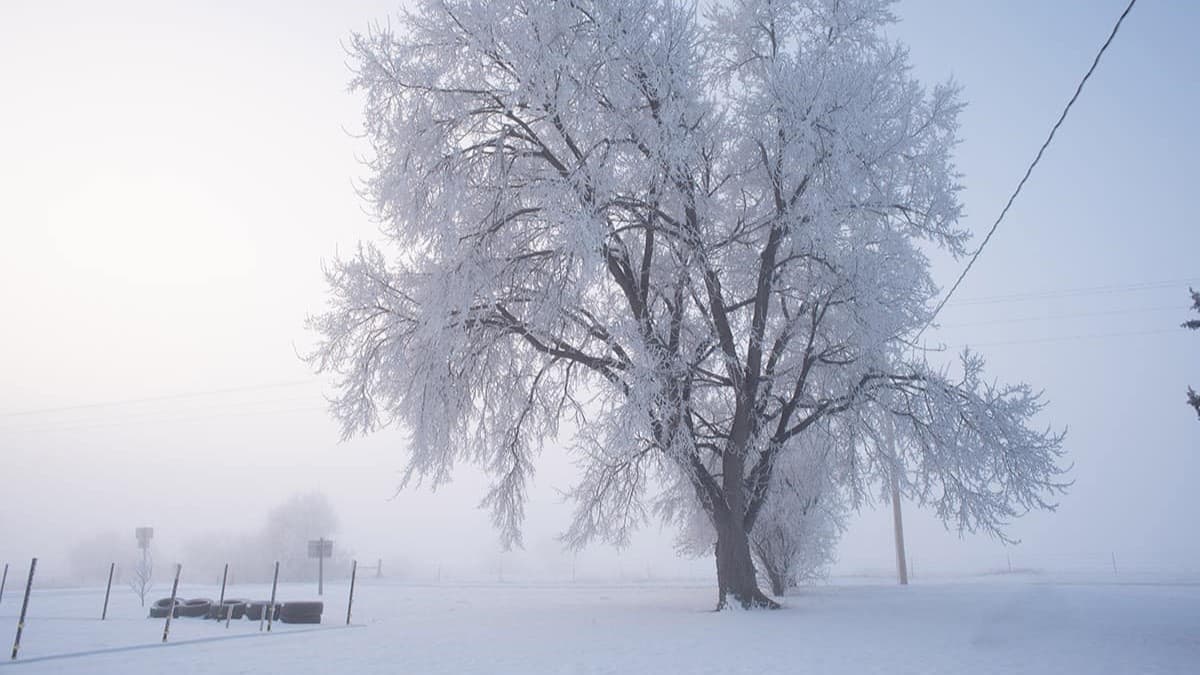
On the other hand, opting for manual adjustment provides precise control over color temperature and tint. This means you can fine-tune your camera settings according to your specific shooting environment and artistic vision. In controlled environments like studios or planned photo shoots where lighting conditions remain consistent, manual white balance ensures that your images display accurate and consistent colors throughout your entire shoot.
Moreover, manual adjustment allows you to create a more customized look tailored to your artistic vision. By taking complete control of the white balance settings on your camera or through post-processing software like Adobe Lightroom or Photoshop, you can achieve a unique aesthetic that aligns perfectly with your creative intent.
Advanced Tips and Techniques
Now, let’s delve into some advanced techniques to elevate your photography white balance skills. You can make real-time assessments of white balance adjustments by leveraging live view before capturing an image. This feature allows you to visualize the impact of different settings, empowering you to make informed decisions about your white balance settings.
Mastering color temperature is crucial for achieving accurate white balance. Understanding how warm and cool light temperatures affect color accuracy is vital to producing natural-looking colors across various lighting conditions. With this knowledge, you can ensure your photographs accurately represent the scene’s true colors.
When shooting in RAW format, you gain greater flexibility in post-processing. RAW preserves more data than other formats, allowing extensive adjustments to white balance without degrading the image quality. This flexibility is essential for achieving optimal color accuracy during editing, permitting you to fine-tune your images until they perfectly reflect your vision.
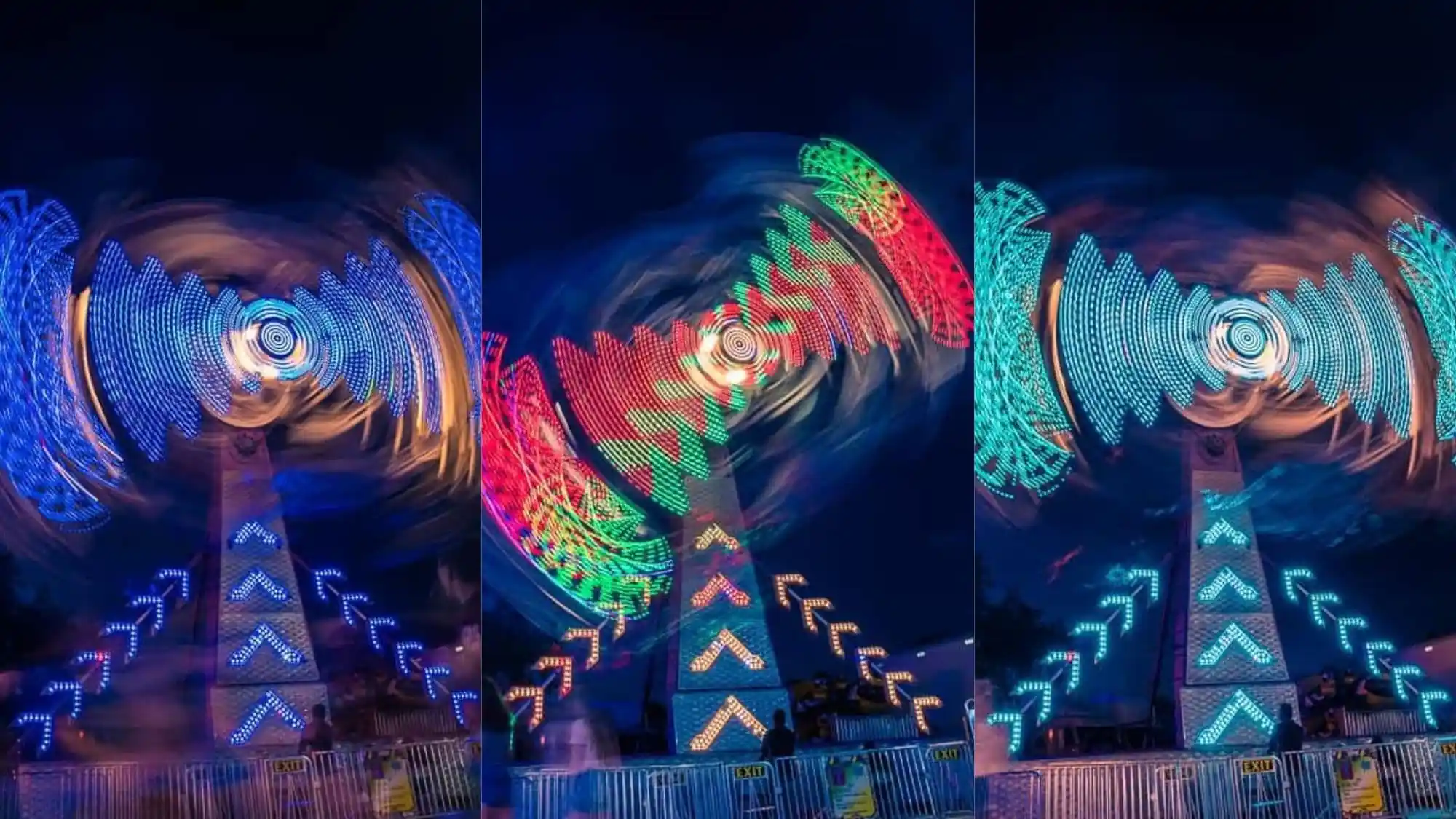
Common Challenges and Solutions
When dealing with photography white balance, you may encounter various challenges that can affect the overall quality of your photos. One common challenge is addressing mixed lighting scenarios. In situations with different light temperatures, it’s crucial to carefully consider the white balance settings to ensure accurate and natural-looking colors in your images.
Balancing different light temperatures is essential for harmonizing colors when multiple light sources are involved. For example, suppose you’re capturing a scene indoors with natural daylight and artificial lighting. In that case, adjusting the white balance helps prevent color casts. It ensures that your photos accurately represent the true colors of the scene.
Another significant challenge is ensuring accurate colors through proper white balance adjustments. Achieving accurate white balance results in faithful color reproduction, vital for maintaining realistic and natural-looking images. When photographing under varying conditions, such as outdoor landscapes or indoor events, getting the white balance right becomes critical for conveying your photos’ intended mood and atmosphere.
Closing Thoughts
You’ve now unlocked the secrets of white balance in photography. From understanding its importance to mastering custom techniques, you’re equipped to elevate your photography game. Remember, white balance isn’t just about accuracy; it’s a tool for creative expression. So, experiment with different settings and push the boundaries of conventional photography.
Now, grab your camera and start applying these tips. The best way to learn is through practice, so don’t be afraid to make mistakes. Embrace the challenges and keep refining your skills. Your unique perspective, combined with the knowledge of white balance, will set your photos apart. Happy shooting!
Frequently Asked Questions
What is white balance in photography?
White balance in photography refers to adjusting the colors in your photos to accurately represent how they appear in real life. It ensures that whites look truly white and that all other colors are rendered naturally, regardless of the lighting conditions.
How do I adjust the white balance on my camera?
Most cameras offer preset white balance settings like daylight, cloudy, tungsten, fluorescent, flash, and shade. You can also manually adjust the color temperature using Kelvin values for more precise control over the white balance.
Why should I use custom white balance techniques?
Custom white balance allows you to capture accurate colors under specific lighting conditions by setting a reference point for what should be considered neutral. This technique is handy when dealing with mixed or unusual lighting situations.
What are some creative applications of manipulating white balance?
Creatively manipulating white balance can help you evoke certain moods or enhance the atmosphere of your photos. For example, warming up the color temperature can make a scene feel cozier or nostalgic while cooling it down might convey a sense of detachment or eeriness.
When should I choose auto vs. manual white balance settings?
Auto mode works well in many situations but may not consistently deliver accurate results. Manual mode gives you more control and is preferable when shooting under challenging lighting conditions or when color accuracy is crucial.

